By Teresa Fister
I am not a geologist, but as the owner of Blue Pearl, I like to know the composition of the natural stones we offer, in order to help customers select the right materials for their projects. You have probably heard many contradicting things about quartzite and its properties. Because it is a natural stone, not all slabs react the same way, and thus the information surrounding quartzite can be very confusing. At Blue Pearl we can direct you to which quartzites will fit your lifestyle and which won’t.
So, what is quartzite?
Quartzite is a highly sought-after superstar of natural stone. Aesthetically it has veining more akin to marble, but is much harder, and typically isn’t bright white. It is found in or around ancient beaches, seas, and oceans, in places like Brazil, Western Africa and Australia. It starts as sand.
From caterpillar to butterfly
Over thousands of years, sand is compressed into sandstone, a small grain-textured sedimentary stone. Sandstone is then converted into quartzite through heating and pressurizing over many more thousands of years. Extreme pressure and heat of tectonic movement submerges the stone deeper and deeper into the earth where it liquifies and fuses. Its structure changes into larger crystals that no longer resemble the sand it once was.
Depending on how deep the stone has plunged and what organic matter has been cooked into it, determines how it looks aesthetically.
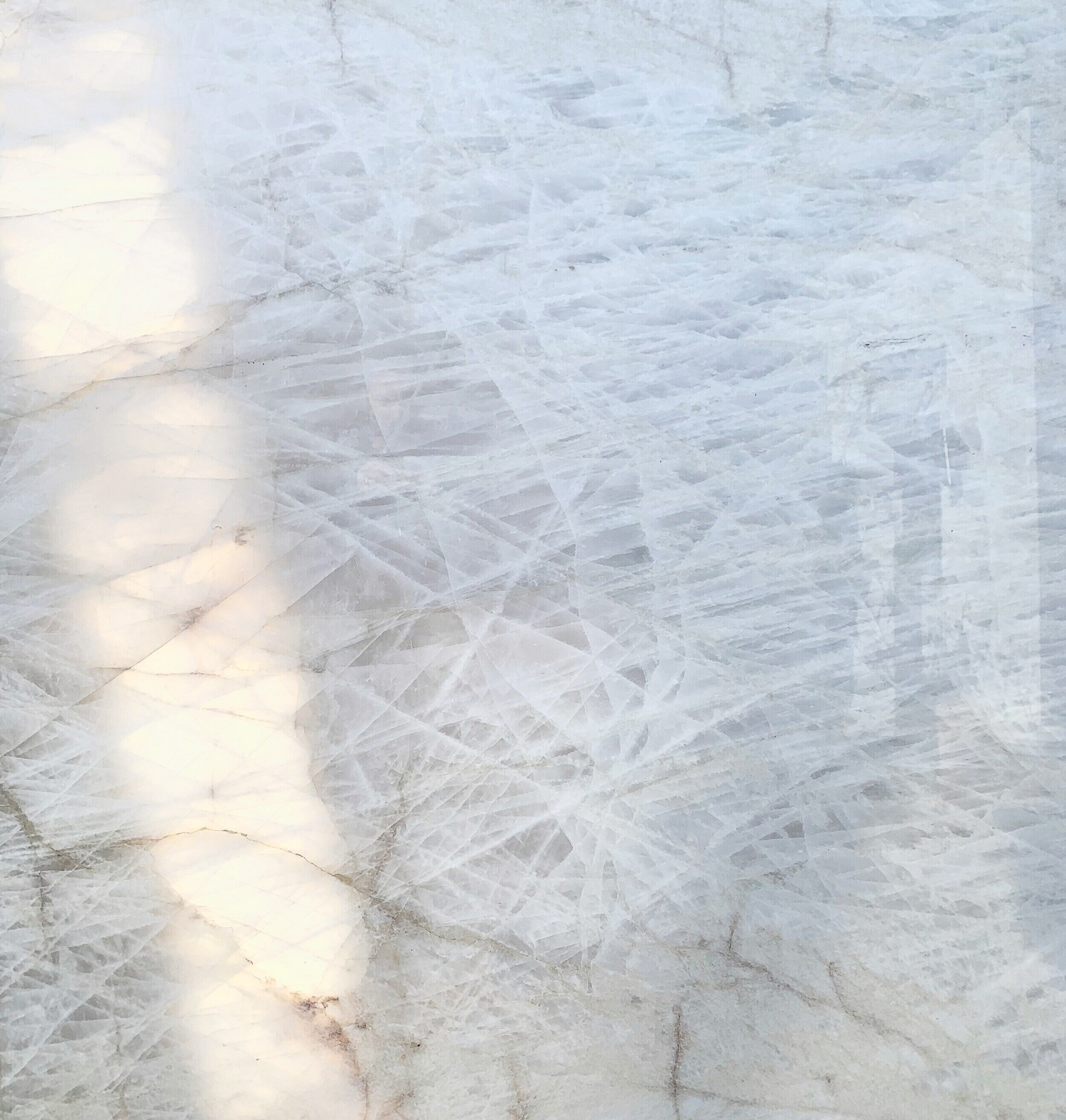
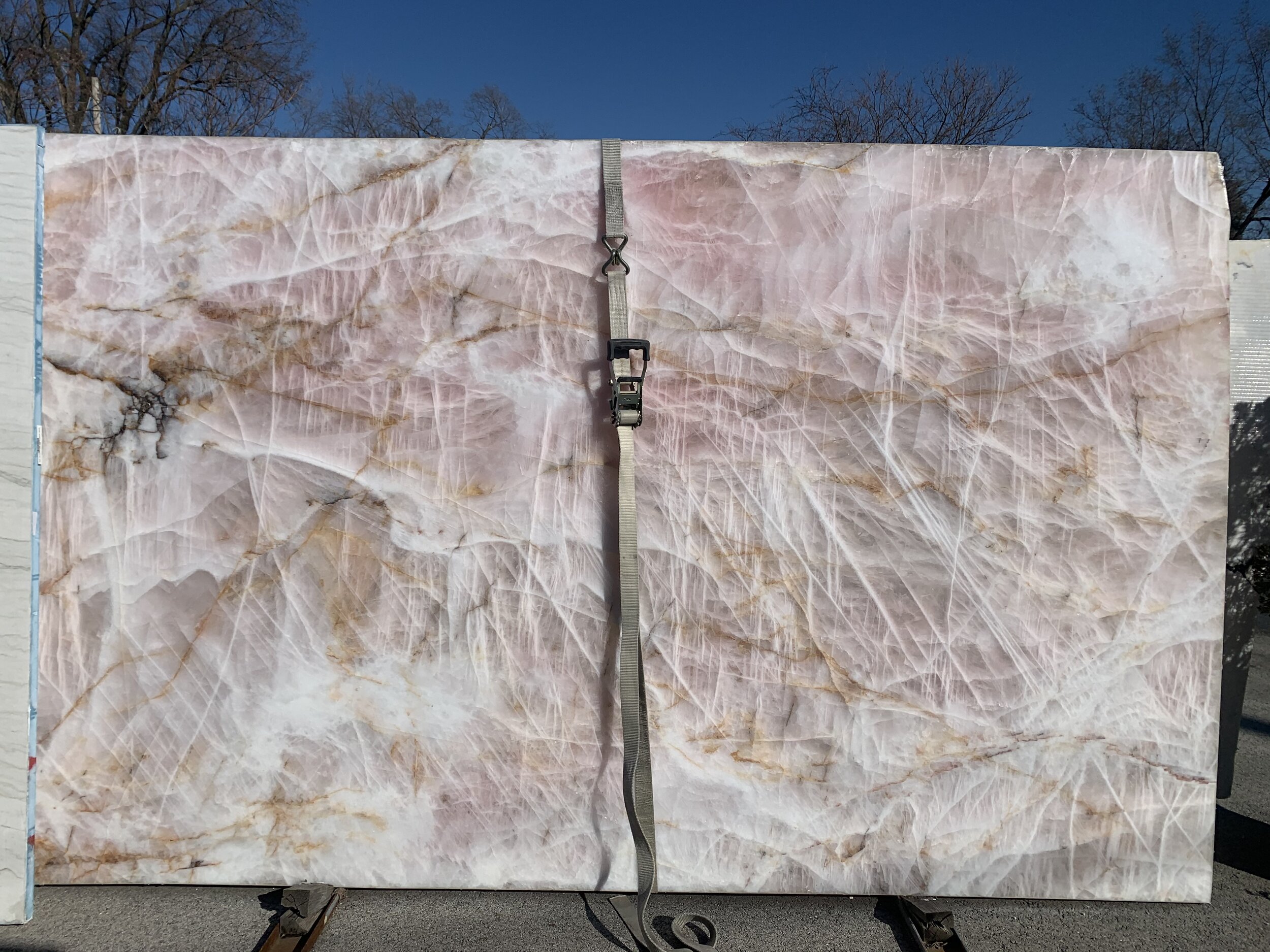
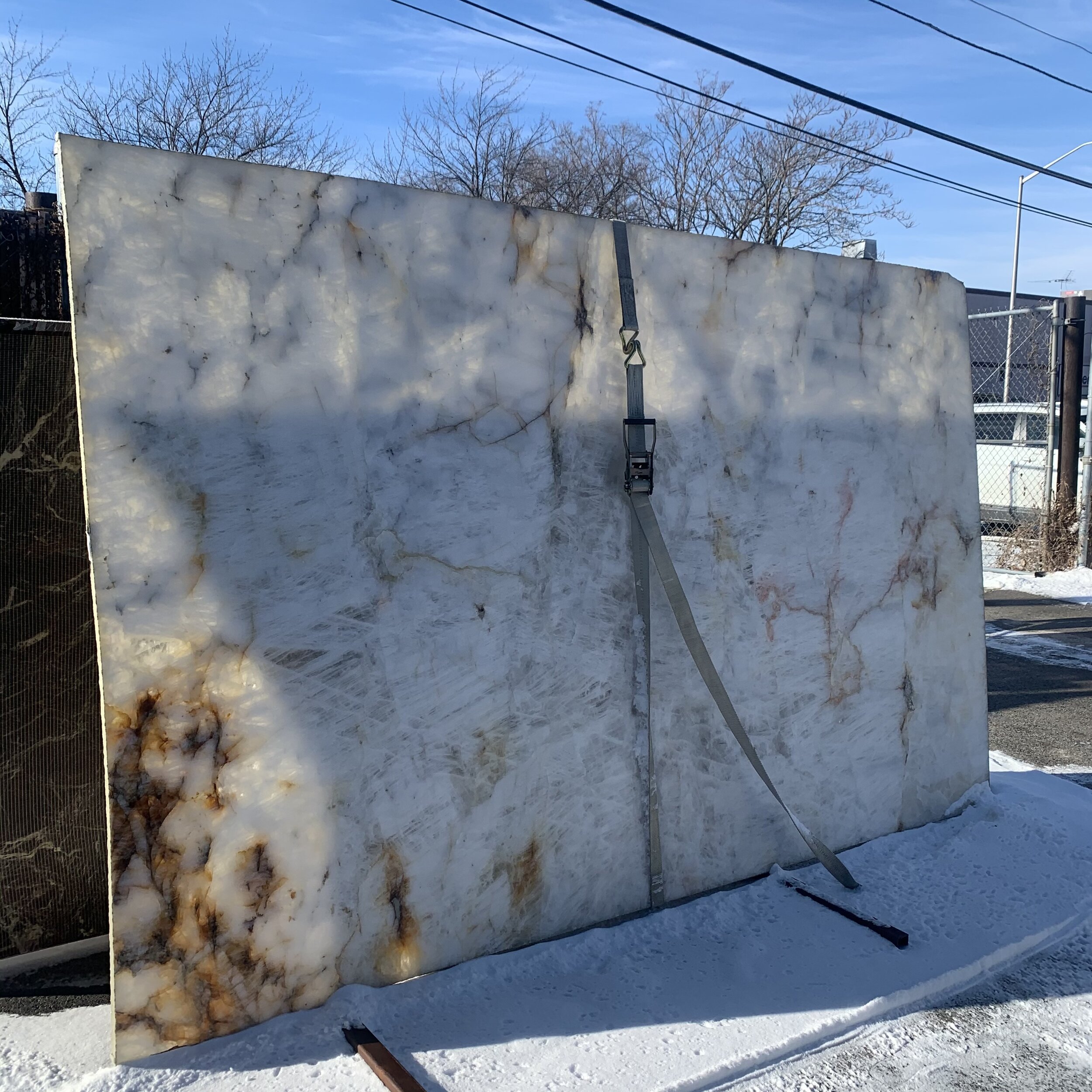
One of the oldest and most crystalized quartzites is Cristallo, also known as Iceberg, found in Brazil. Cristallo can range from an off-white color with warm toned veins, to almost pure (warm) white, to pink or even green black or combinations of all. No matter the color, all Cristallo slabs have translucent parts, and can be backlit.
Other older quartzites are Taj Mahal, Perla Bianca, Mother of Pearl, Cashmere, Nero Diamante, Blue Bahia and Michelangelo. Younger quartzites include Aria, Luxe White, Macauba, Blue Roma, and Tahiti.
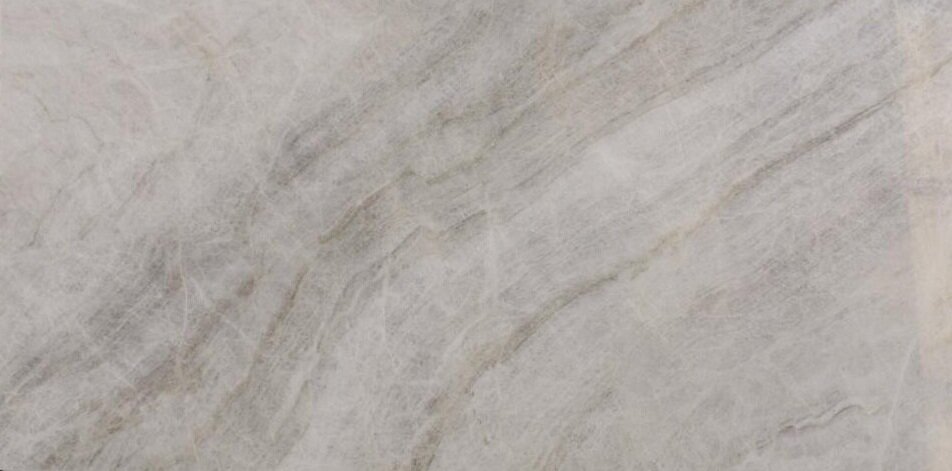
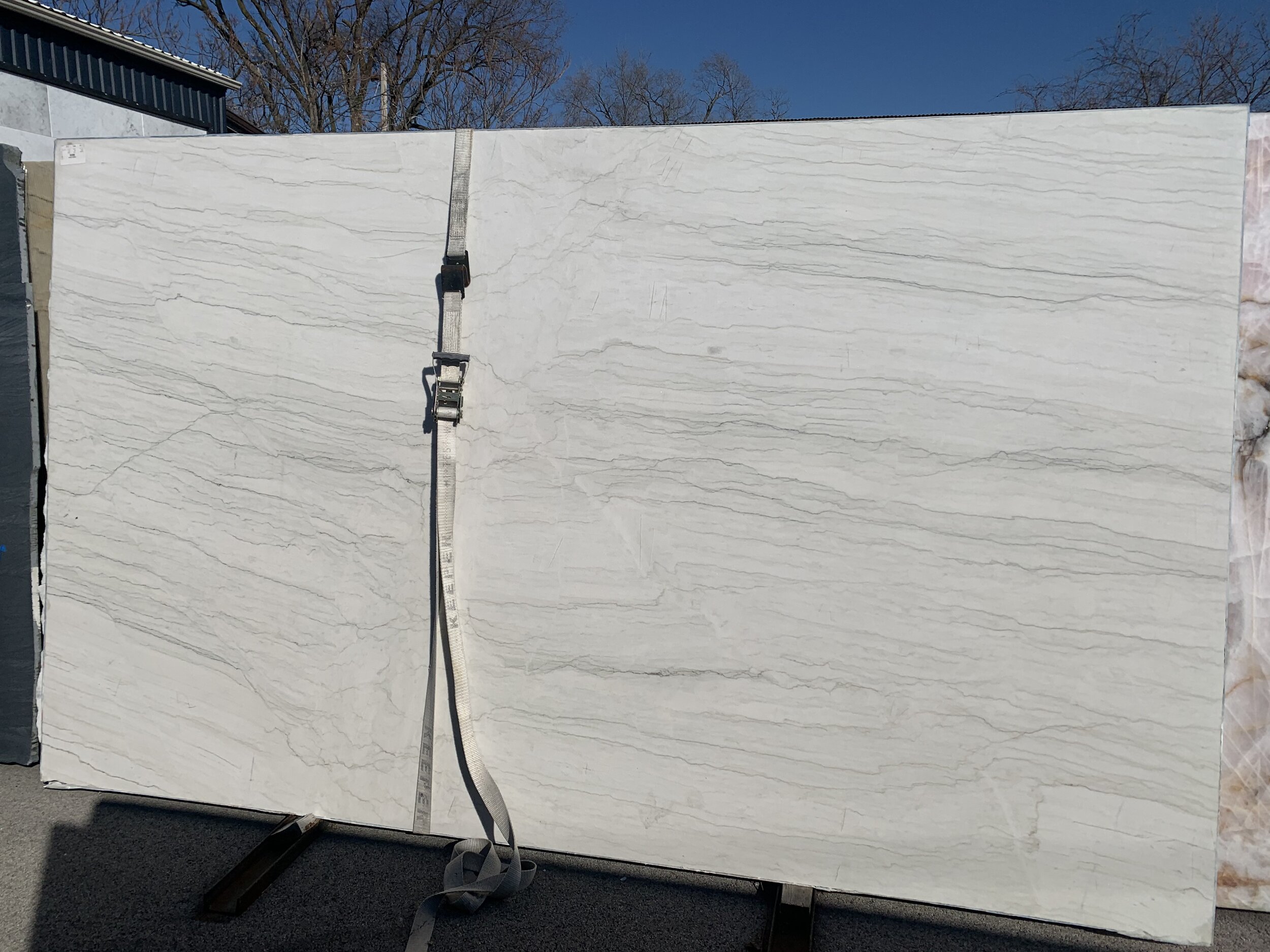
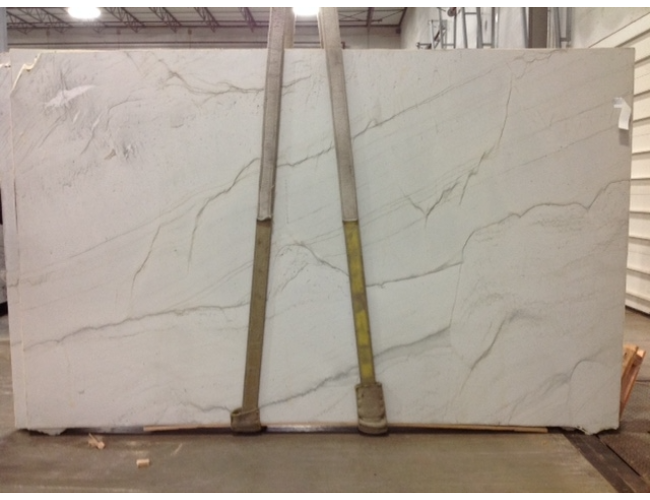
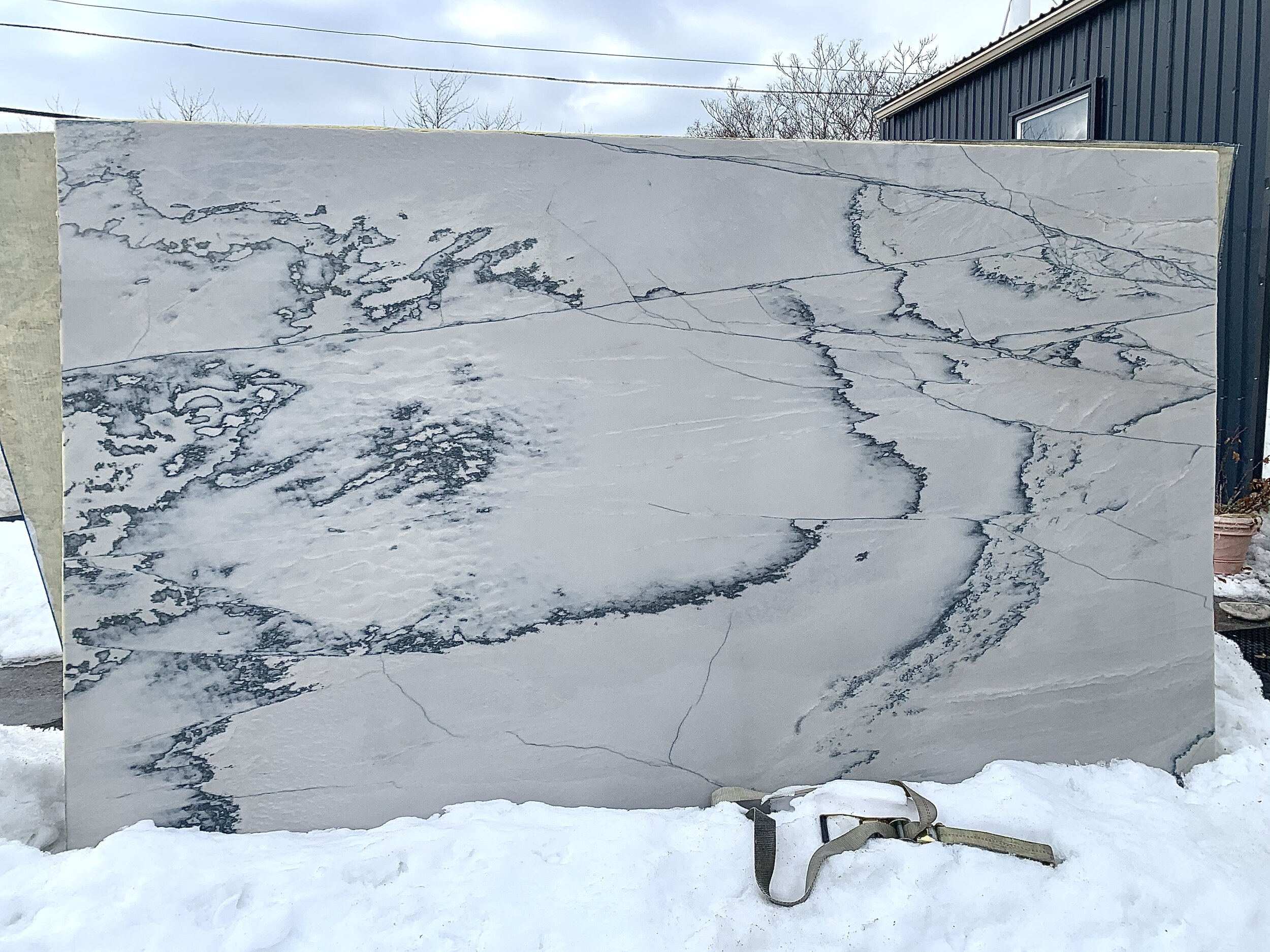
The Mohs hardness value of quartzite is in the 7’s, making it harder than any other decorative or architectural natural stone, although non-organic material in the veins may be softer. This is why even within a slab, durability can differ.
Older quartzite is often more watertight, whereas younger quartzites may have areas that are not fully crystalized and therefore contain microscopic air pockets that can trap water inside. Hence, the conflicting information on durability. For this reason, it is critical to have a trusted fabricator guide you through the process of selecting your quartzite with transparency and expertise, to give you the information you need to make a confident selection for your project.

